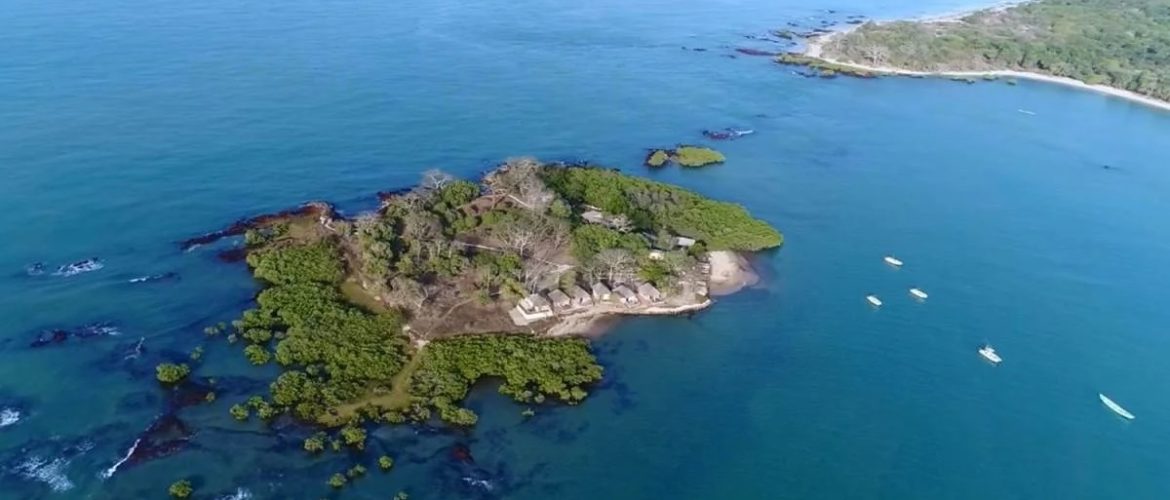The Bijagós Archipelago, Guinea-Bissau
Comprising 88 islands and islets, stands out for its exceptional biodiversity and unique ecological processes. Recognized as a UNESCO Biosphere Reserve since 1996 and classified as a Ramsar Site in 2014, it is home to numerous endangered species and plays a crucial role in marine and coastal conservation in West Africa.
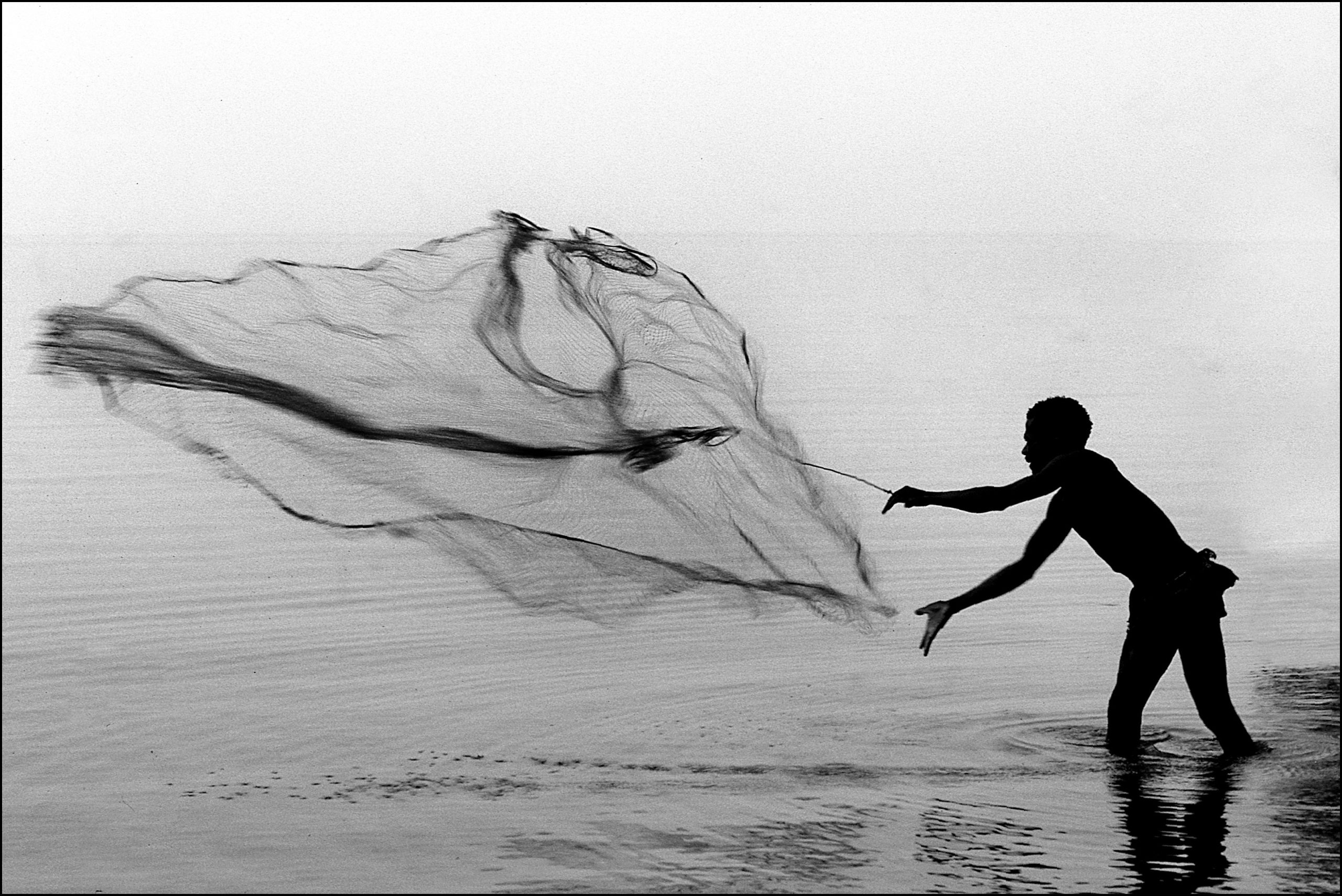
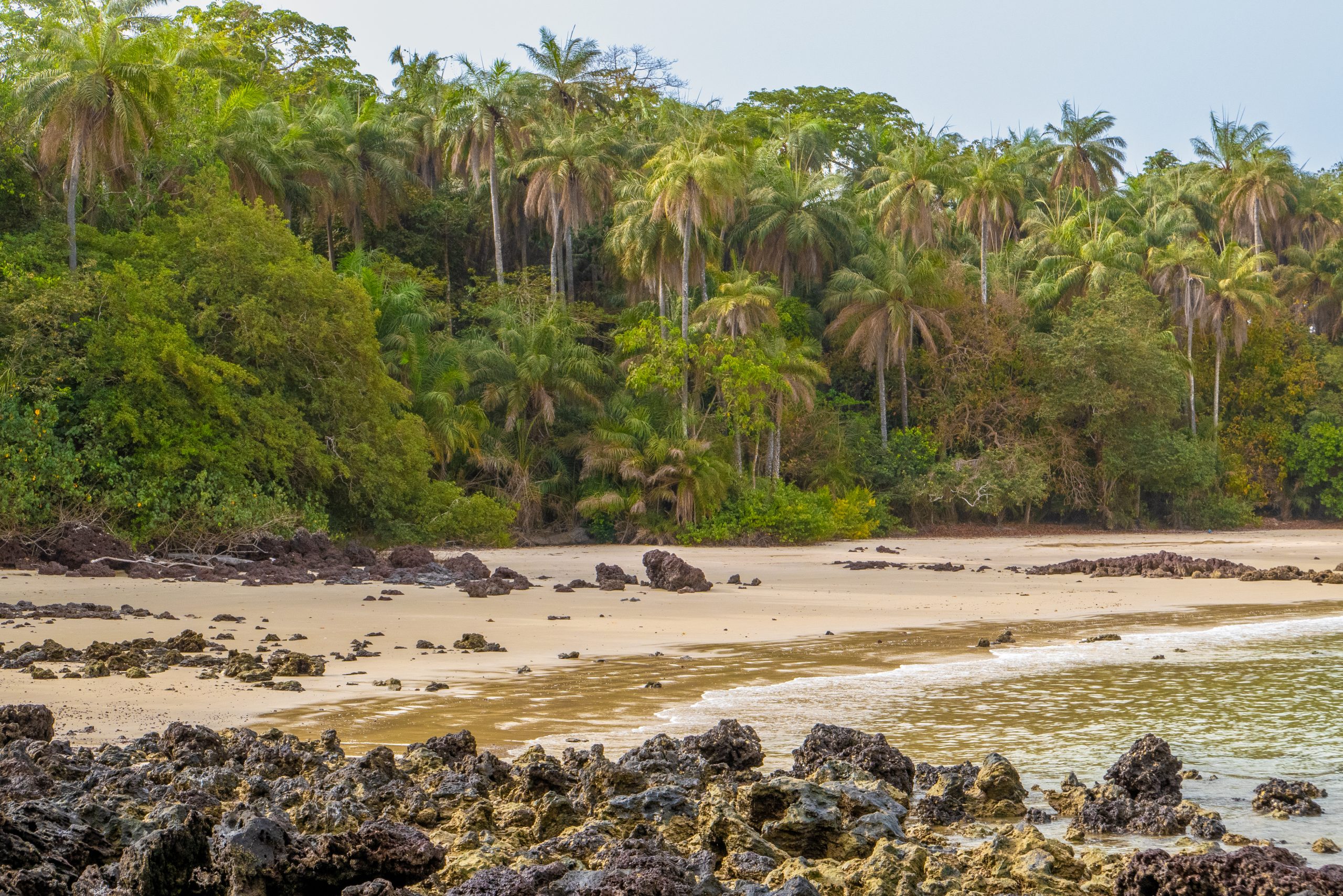
OMATÍ MINHÔ — A Contribution from Guinea-Bissau to the World
The Bijagós Archipelago is a candidate for UNESCO’s World Heritage List. Its unique natural and cultural characteristics give it Exceptional Universal Value.
The application covers the islands of João Vieira, Poilão, Orango, and Urok, located in the Bijagós archipelago and already designated as marine national parks.
In 2013, Guinea-Bissau submitted a proposal to inscribe part of the Archipelago, including the Bolama-Bijagós Archipelago Biosphere Reserve (RBABB), on UNESCO’s World Heritage List. The proposal was reviewed by the World Heritage Committee, which deferred the candidacy with recommendations. These included strengthening management plans for legally established protected areas.
The official submission of the second application dossier took place on February 1, 2024, at UNESCO headquarters in Paris. The Government of Guinea-Bissau reaffirmed its commitment to securing the validation of the candidacy through coordinated efforts with international partners.
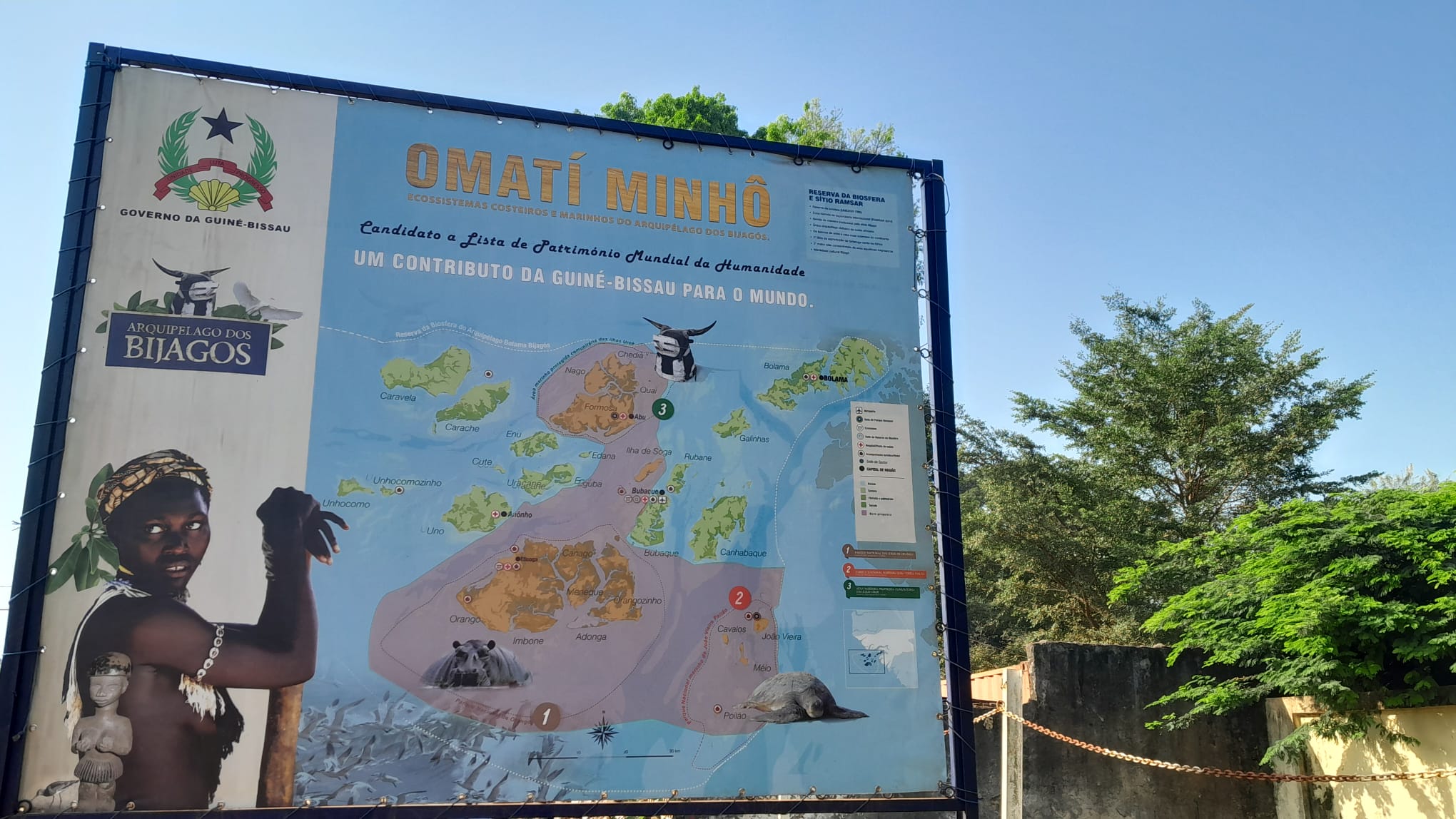
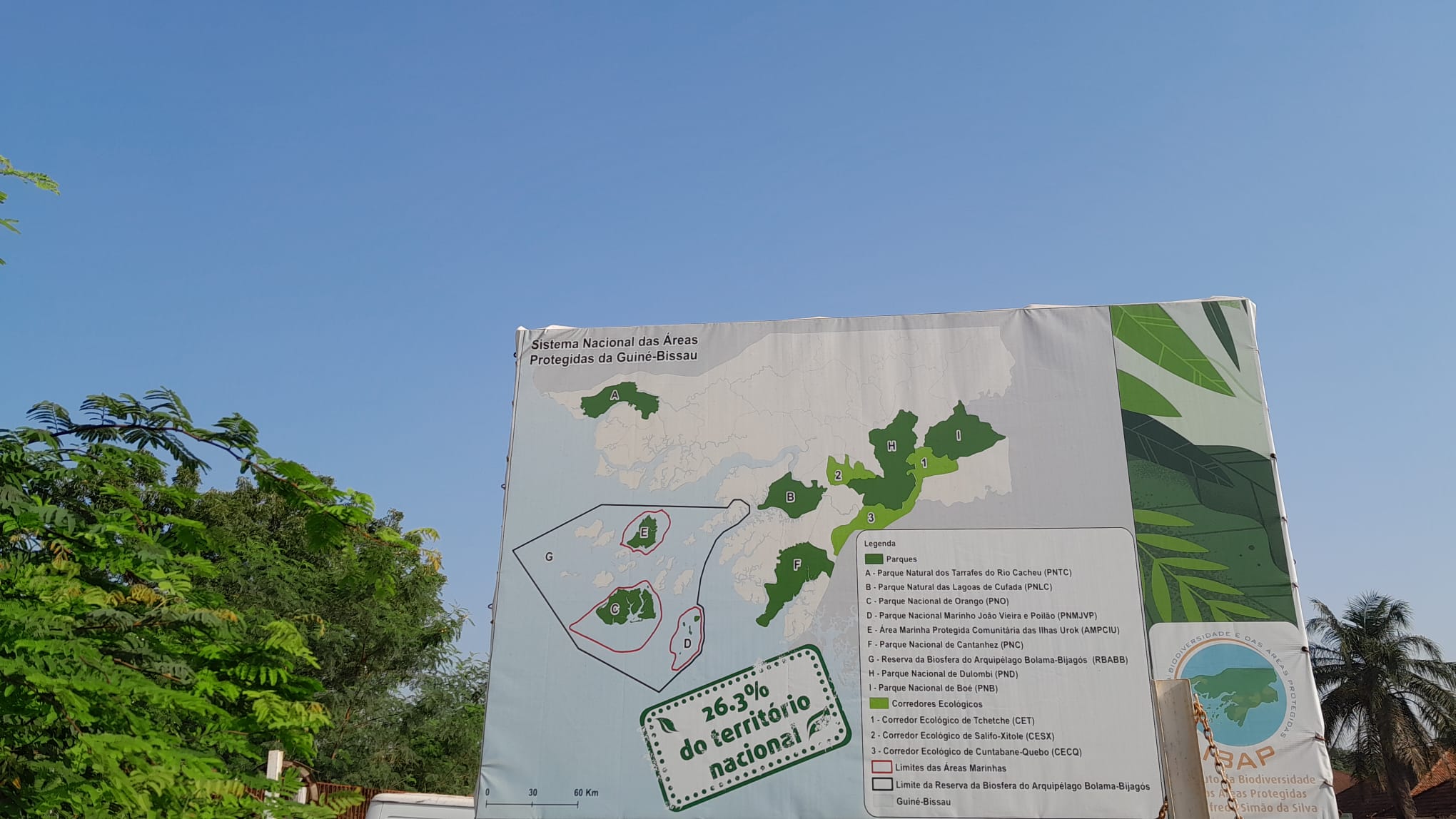
SETIN’s Key Role
One of the key documents included in this dossier is the Integrated Land Use and Management Plan for RBABB, produced by SETIN. This document plays a critical role in guiding sustainable management and conservation efforts for the Archipelago.
SETIN’s expertise and contribution was essential in ensuring that the Bijagós meets UNESCO’s requirements and criteria and secures its place as a recognized Heritage Site.
New steps and Outlook
World Heritage status is one of the highest international recognitions on the planet. As such, every site inscribed on the UNESCO World Heritage List is carefully selected following a rigorous process. IUCN evaluates all candidate sites nominated to the World Heritage List for their natural values, including sites known as ‘mixed’ that have both natural and cultural values.
In late 2024, a key evaluation mission began with the IBAP technical team and IUCN evaluators. to assess the Archipelago’s value and engage with stakeholders. For the 2024-2025 cycle, IUCN has evaluated the Omatí Minhô nomination and prepared its recommendation for the World Heritage Committee, which will take the final decisions at its 47th session in Sofia, Bulgaria (6-16 July 2025).
The recognition of the Bijagós Archipelago as a World Heritage Site will not only strengthen environmental conservation but also provide a significant boost to the region’s sustainable development.


